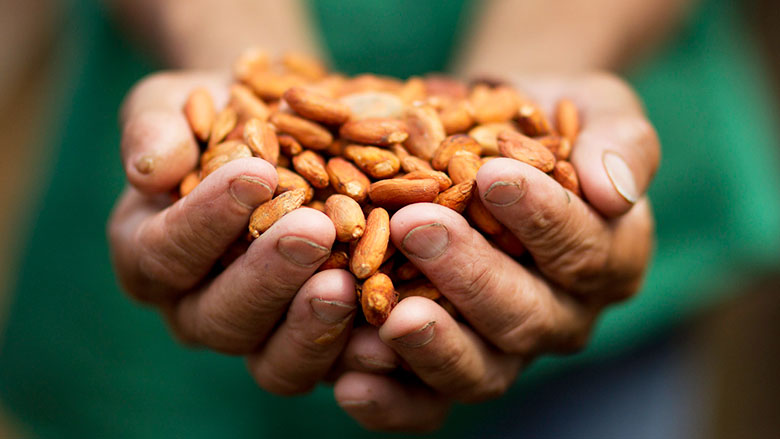Honduras is Central America’s second-largest country by area and population, home to approximately 10.8 million people. Its economy is relatively small and open, with agriculture and light manufacturing, especially textiles, serving as important sources of employment and exports.
The country’s development is shaped by several challenges, including institutional capacity constraints and limited economic diversification, which can influence investment and foster migration. Honduras is also susceptible to external shocks and natural disasters, as demonstrated during the COVID-19 pandemic and recent extreme weather events, which led to economic contraction and setback in poverty reductions efforts. Despite these challenges, Honduras has maintained prudent macroeconomic management. However, job creation and productivity growth have been modest, and gender and geographic disparities remain.
To expand opportunities for the Honduran population, especially the most vulnerable, it is essential to drive stronger economic growth, boost productivity and competitiveness, and foster inclusion by improving access to quality basic services and jobs. Simultaneously, advancing institutional reforms in critical areas such as energy and water sustainability, governance, and the business climate is vital to ensure long-term resilience and equitable development.
Last Updated: Oct 07, 2025


